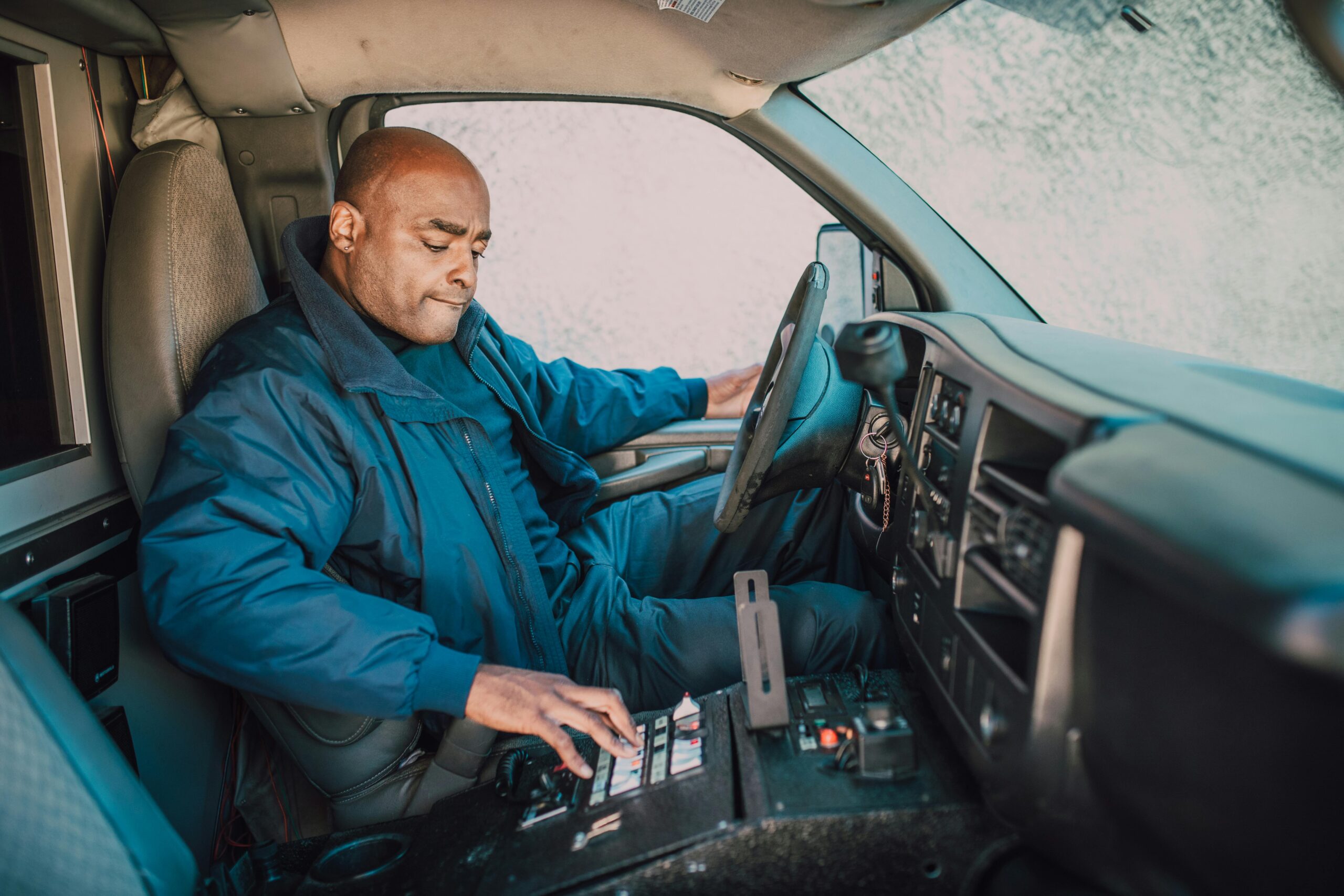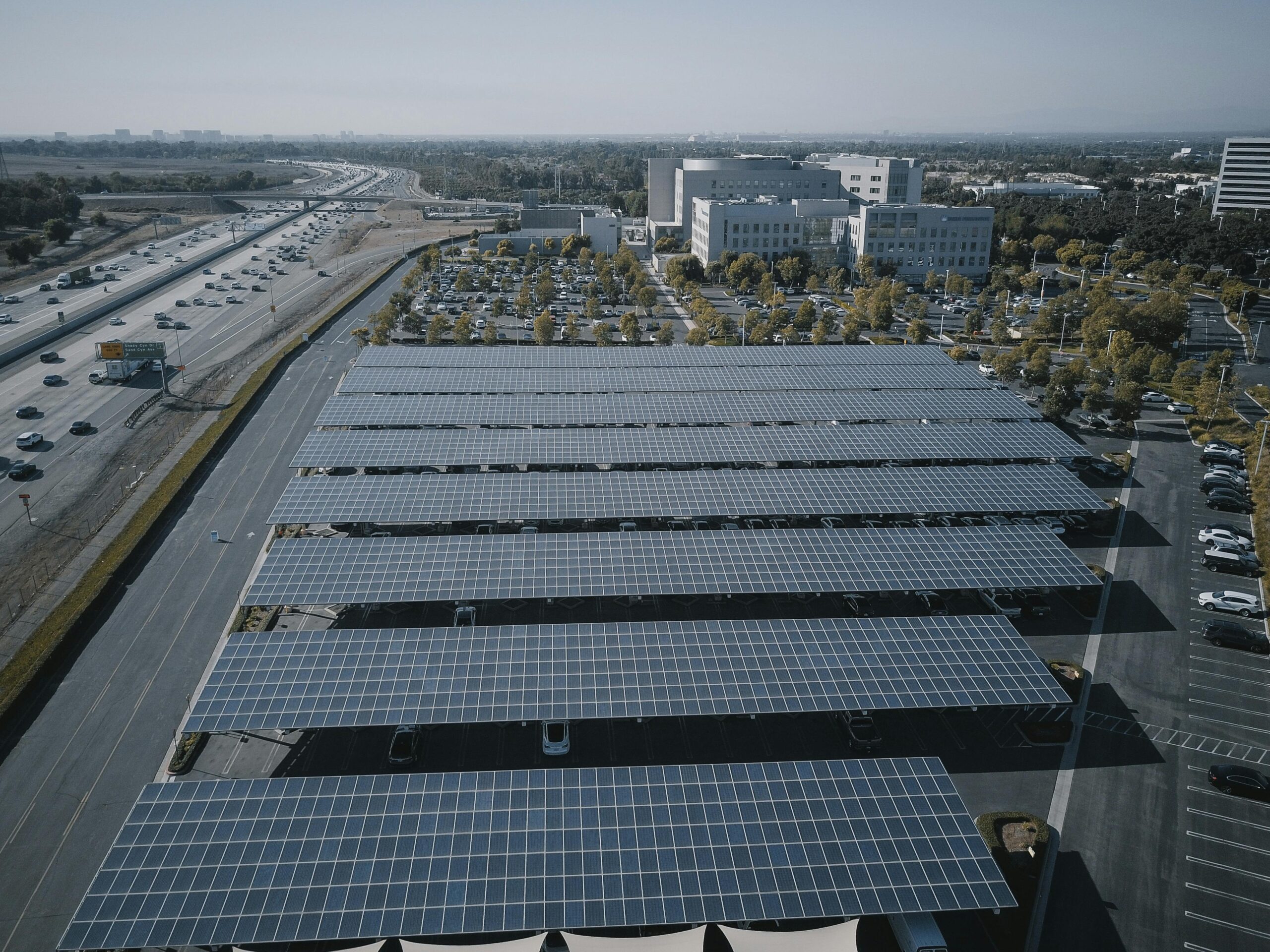The Internet of Things is transforming how emergency services respond to critical situations, enabling faster interventions and ultimately saving more lives through smart, connected technologies.
🚨 The Critical Seconds That Define Life or Death
In emergency response, every second counts. When someone suffers a cardiac arrest, brain damage can begin within four to six minutes without oxygen. A fire can double in size every minute. Traffic accidents require immediate medical attention to prevent complications. Traditional emergency response systems, while effective, often face delays due to communication gaps, location uncertainties, and limited real-time information.
This is where the Internet of Things enters the scene as a game-changer. IoT devices create interconnected networks of sensors, wearables, vehicles, and infrastructure that communicate seamlessly, providing emergency responders with real-time data that enables faster, more informed decisions. The result? Lives saved that might otherwise have been lost to preventable delays.
Understanding IoT in Emergency Response Context
The Internet of Things refers to the network of physical devices embedded with sensors, software, and connectivity capabilities that allow them to collect and exchange data. In emergency response, these devices range from personal wearables monitoring vital signs to smart city infrastructure detecting accidents, fires, or environmental hazards.
These connected systems work together to create a comprehensive emergency response ecosystem. When an incident occurs, IoT devices can automatically detect the emergency, pinpoint the exact location, assess the severity, alert appropriate responders, and even begin initial interventions before human help arrives.
The Foundation: Connectivity and Real-Time Data
The power of IoT in emergency situations lies in its ability to provide real-time information. Unlike traditional systems that rely on manual reporting, IoT devices continuously monitor conditions and immediately transmit data when anomalies are detected. This instant communication eliminates critical delays that historically separated incident occurrence from response deployment.
Modern emergency response IoT systems utilize various connectivity protocols including 5G networks, LoRaWAN for long-range communication, and mesh networks that maintain connectivity even when traditional infrastructure fails. This redundancy ensures that emergency alerts reach responders regardless of circumstances.
🏥 Smart Wearables: Your Personal Emergency Guardian
Wearable IoT devices have become personal health guardians, continuously monitoring vital signs and detecting medical emergencies before they become fatal. Smartwatches and fitness trackers now include features specifically designed for emergency situations, from fall detection to irregular heartbeat alerts.
When a wearable device detects a potential emergency—such as a sudden fall, abnormal heart rhythm, or dangerously low blood oxygen levels—it can automatically alert emergency services with the user’s precise location and relevant medical data. This automation is particularly crucial for elderly individuals living alone, people with chronic conditions, or anyone who might be incapacitated and unable to call for help themselves.
Medical Alert Systems Go Wireless and Intelligent
Traditional medical alert systems required users to press a button to summon help. Modern IoT-enabled systems have evolved far beyond this limitation. They now incorporate artificial intelligence to distinguish between normal activities and genuine emergencies, reducing false alarms while ensuring real emergencies never go unnoticed.
These devices monitor movement patterns, detect falls with high accuracy, track location both indoors and outdoors, and even analyze speech patterns to identify distress. When combined with telemedicine capabilities, these systems allow emergency medical professionals to assess situations remotely before dispatching physical resources, optimizing response strategies.
🚗 Connected Vehicles: Automatic Crash Detection and Response
Modern vehicles increasingly function as rolling IoT platforms equipped with sensors that monitor everything from tire pressure to driver alertness. In emergency response, these connected vehicle systems have introduced revolutionary automatic crash detection and notification capabilities.
When a vehicle’s sensors detect a collision based on airbag deployment, sudden deceleration, or impact force, the system automatically contacts emergency services, transmitting the vehicle’s exact location, the severity of impact, the number of passengers, and even whether seatbelts were worn. This information reaches dispatchers within seconds of impact, often before any witness can call for help.
Some advanced systems go further by unlocking doors automatically after a crash, turning on hazard lights, and even providing first responders with information about the vehicle’s construction to assist in extraction procedures. Electric and hybrid vehicles can communicate battery status and potential electrical hazards, keeping rescue personnel safe.
Vehicle-to-Everything Communication Preventing Accidents
Beyond responding to emergencies, IoT-enabled vehicle-to-everything (V2X) communication helps prevent accidents altogether. Vehicles communicate with each other, traffic infrastructure, and pedestrian devices to share information about road conditions, traffic flow, and potential hazards.
This predictive capability allows emergency vehicles to optimize their routes in real-time, avoiding traffic congestion and reaching incident scenes faster. Traffic lights can automatically adjust to create green corridors for ambulances and fire trucks, reducing response times significantly in urban environments.
🔥 Smart Buildings and Fire Detection Systems
IoT technology has transformed fire detection from simple smoke alarms to comprehensive building intelligence systems. Smart fire detection networks incorporate multiple sensor types—smoke, heat, carbon monoxide, and even visual recognition—to identify fires in their earliest stages.
When these systems detect fire indicators, they don’t just sound alarms. They automatically alert fire departments with specific location information within the building, activate suppression systems, control HVAC systems to limit smoke spread, unlock emergency exits, and provide real-time building status to incoming firefighters through mobile applications.
This integration dramatically improves both evacuation success and firefighter safety. Responders arriving at a scene already know which areas are affected, where occupants might be trapped, and the safest entry and exit routes based on real-time sensor data.
Building Information Modeling for Emergency Responders
IoT systems connected to building information modeling (BIM) platforms provide emergency responders with detailed building layouts, hazardous material locations, utility shutoff points, and optimal access routes. This information, automatically transmitted to responder tablets or augmented reality displays, eliminates dangerous uncertainty when entering unfamiliar structures.
📍 Precision Location Technology Eliminating Search Time
One of the most significant challenges in emergency response has always been determining exactly where help is needed. Traditional methods relying on address reporting or cell tower triangulation often resulted in responders searching for victims, wasting precious minutes.
Modern IoT location technologies combine GPS, Wi-Fi positioning, Bluetooth beacons, and even ultra-wideband radio to pinpoint emergency locations with remarkable accuracy—often within one to three meters. This precision is particularly valuable in large buildings, crowded venues, wilderness areas, or maritime emergencies where traditional addresses provide insufficient guidance.
Advanced emergency location services integrate with dispatch systems, automatically routing the closest available responders and providing turn-by-turn navigation that adapts to real-time traffic conditions. In wilderness rescue scenarios, IoT-enabled personal locator beacons transmit distress signals via satellite, enabling rescue teams to locate lost or injured individuals who would otherwise be nearly impossible to find.
🌐 Smart City Infrastructure: The Emergency Response Network
Smart cities represent the fullest realization of IoT’s potential in emergency response. These urban environments feature interconnected infrastructure where streetlights, traffic systems, environmental sensors, surveillance cameras, and public safety networks form a comprehensive monitoring and response ecosystem.
In smart cities, gunshot detection systems identify and locate firearms discharges within seconds, alerting police and providing precise coordinates before anyone calls 911. Flood sensors monitor water levels and automatically trigger alerts when dangerous conditions develop. Air quality monitors detect chemical releases or hazardous gas leaks, enabling immediate evacuations and hazmat responses.
Integrated Command Centers Coordinating Multi-Agency Response
IoT-enabled command centers aggregate data from thousands of sensors and devices, presenting emergency coordinators with comprehensive situational awareness. During major incidents, these systems facilitate coordination between police, fire, medical services, utilities, and other agencies, ensuring resources deploy efficiently without duplication or gaps.
Predictive analytics applied to this data can even anticipate emergencies before they occur, positioning resources proactively. For example, analyzing traffic patterns, weather data, and historical accident information can identify high-risk conditions and pre-position emergency vehicles in optimal locations.
💉 Remote Health Monitoring and Chronic Condition Management
IoT devices monitoring chronic health conditions represent a shift from reactive emergency response to proactive crisis prevention. Patients with heart disease, diabetes, respiratory conditions, or other chronic illnesses use connected devices that continuously monitor relevant health metrics.
When these devices detect concerning trends—such as irregular heart rhythms, dangerously high or low blood glucose, or declining oxygen saturation—they alert both patients and healthcare providers. This early warning system allows medical intervention before conditions deteriorate into full emergencies requiring ambulance transport and hospital admission.
For patients recently discharged from hospitals, IoT monitoring enables safe home recovery while providing medical teams with reassurance that any complications will be detected immediately. This capability has proven particularly valuable for elderly patients and those in rural areas with limited access to immediate medical care.
🚁 Drone Technology Augmenting Emergency Response
IoT-enabled drones have emerged as valuable emergency response tools, particularly in situations where terrain, distance, or danger make immediate human access difficult. These unmanned aerial vehicles equipped with cameras, thermal imaging, and even payload delivery systems extend responder capabilities significantly.
Search and rescue operations deploy drones to cover large areas quickly, using thermal cameras to locate missing persons in darkness or obscured environments. Drones assess disaster damage, helping coordinators understand scope and prioritize resource allocation. In some regions, drones deliver automated external defibrillators (AEDs) to cardiac arrest victims, arriving minutes before ambulances and dramatically improving survival rates.
During wildfires, drones monitor fire spread and identify trapped individuals or threatened structures, providing firefighters with real-time intelligence that improves both effectiveness and safety. In flood situations, drones deliver flotation devices to stranded individuals while rescue teams navigate difficult approaches.
⚡ Overcoming Implementation Challenges
Despite its tremendous potential, IoT implementation in emergency response faces several challenges that communities must address to realize the technology’s full benefits. Understanding these obstacles helps stakeholders develop realistic deployment strategies.
Data Privacy and Security Concerns
Emergency response IoT systems collect sensitive personal information including health data, location tracking, and behavioral patterns. Protecting this information from unauthorized access while ensuring it’s available to legitimate emergency responders requires robust cybersecurity measures and clear privacy policies.
Encryption, authentication protocols, and secure communication channels must be standard features. Regulations governing data retention, access, and sharing need development to balance privacy rights with public safety needs. Building public trust requires transparency about what data is collected, how it’s used, and how it’s protected.
Infrastructure and Investment Requirements
Deploying comprehensive IoT emergency response systems requires significant infrastructure investment. Smart city sensors, communication networks, dispatch system upgrades, and responder equipment represent substantial costs that many communities struggle to fund.
Successful implementation often requires phased approaches, beginning with high-priority areas or applications that deliver immediate returns on investment. Public-private partnerships can help distribute costs and accelerate deployment by leveraging private sector technology expertise and resources.
Interoperability and Standardization
Emergency response effectiveness depends on different systems communicating seamlessly. When multiple agencies use incompatible technologies or when IoT devices from different manufacturers can’t share data, the potential for integrated response diminishes.
Industry standards and open communication protocols help address this challenge, enabling diverse systems to work together. Emergency response stakeholders should prioritize solutions based on open standards rather than proprietary systems that create silos.
📊 Measurable Impact: The Data Behind Lives Saved
The value of IoT in emergency response isn’t just theoretical—measurable outcomes demonstrate its life-saving impact. Communities implementing these technologies report significant improvements across multiple metrics:
- Reduced response times: IoT-enabled dispatch systems decrease average emergency response times by 20-40%, with every minute saved translating to improved survival rates and outcomes.
- Improved cardiac arrest survival: Communities with comprehensive public AED networks connected via IoT show cardiac arrest survival rate improvements of 30-50% compared to traditional response models.
- Faster fire detection: Smart building fire systems detect fires an average of 7-10 minutes earlier than traditional smoke alarms, allowing evacuation and suppression before situations become critical.
- Enhanced senior safety: Fall detection and health monitoring systems reduce emergency-related hospitalizations among elderly populations by up to 35% through earlier intervention.
- Traffic accident response: Automatic crash detection reduces the time between collision and emergency notification by an average of 3-5 minutes, significantly improving trauma outcomes.
🔮 The Future: AI Integration and Predictive Emergency Response
As IoT technology matures, its integration with artificial intelligence and machine learning promises even more revolutionary advances. Future systems will not only detect and respond to emergencies but predict and prevent them.
AI algorithms analyzing data from thousands of IoT sensors will identify patterns indicating emerging risks—predicting medical emergencies hours before they occur, forecasting accident hotspots based on real-time conditions, or detecting infrastructure failures before they cause disasters.
Augmented reality systems will provide responders with heads-up displays showing building layouts, victim locations, hazard warnings, and tactical information overlaid on their field of vision. Autonomous emergency vehicles may respond to certain incidents without human drivers, reducing response times further.
Personal health AI, combining data from multiple wearables and home sensors, will function as a preventive emergency response system, alerting users and healthcare providers to concerning health trends and enabling intervention before crises develop.
🌟 Creating Resilient Communities Through Connected Technology
The ultimate promise of IoT in emergency response extends beyond individual incidents to building fundamentally more resilient communities. When infrastructure, vehicles, buildings, and personal devices form an interconnected safety network, communities gain collective protection greater than the sum of individual components.
This resilience proves particularly valuable during large-scale emergencies—natural disasters, disease outbreaks, or technological failures—where coordinated response across multiple systems and agencies becomes critical. IoT provides the communication backbone and situational awareness that enables effective coordination even when traditional systems are overwhelmed or damaged.
Communities investing in these technologies don’t just improve emergency outcomes; they create environments where residents feel safer, healthcare becomes more proactive than reactive, and resources deploy more efficiently. The peace of mind that comes from knowing help will arrive faster when needed represents an intangible but profound quality of life improvement.
Taking Action: Implementation Steps for Communities
For communities interested in leveraging IoT for improved emergency response, a strategic approach ensures successful implementation. Begin by assessing current emergency response capabilities and identifying specific challenges—whether response time delays, location accuracy issues, or coordination difficulties.
Engage stakeholders including emergency services, technology providers, healthcare organizations, and community members in planning discussions. Their input ensures solutions address real needs rather than implementing technology for its own sake.
Start with pilot projects in limited areas or for specific applications, measuring outcomes carefully and refining approaches based on results. Successful pilots build momentum and provide evidence for broader deployment.
Prioritize interoperability and scalability in technology selection, choosing solutions that integrate with existing systems and can expand as needs grow and budgets allow. Remember that IoT emergency response is a journey rather than a destination, with continuous improvement as technologies evolve.

🎯 The Transformative Potential We Cannot Ignore
The Internet of Things represents the most significant advancement in emergency response capability since the introduction of 911 systems decades ago. Its ability to detect emergencies instantly, locate victims precisely, transmit critical information automatically, and coordinate complex responses across multiple agencies fundamentally transforms how communities protect their members.
As these technologies become more sophisticated and accessible, the question is no longer whether IoT will revolutionize emergency response, but how quickly communities can implement these life-saving capabilities. Every delay in adoption means preventable deaths, needless suffering, and missed opportunities to protect vulnerable populations.
The communities that embrace IoT emergency response today will save lives tomorrow. They will build resilience that protects residents during everyday emergencies and catastrophic events alike. They will create environments where technology serves humanity’s most fundamental need—safety.
The revolution in emergency response is not coming; it is here. Connected devices, intelligent systems, and real-time data are already saving lives in communities around the world. The challenge now is ensuring this protection extends to everyone, regardless of geography or economic status, creating a future where preventable emergency deaths become increasingly rare.
In this connected future, the seconds that separate life from death grow shorter with each technological advance. The promise of IoT in emergency response is simple yet profound: help arrives faster, decisions are better informed, and more lives are saved. That is a revolution worth pursuing with urgency and commitment.
Toni Santos is an urban innovation writer and researcher dedicated to exploring how technology, sustainability, and design are reshaping the cities of tomorrow. With a deep interest in smart infrastructure and human-centered development, Toni studies how data-driven systems and green technologies can create more livable, resilient, and efficient urban environments. Fascinated by sustainable architecture, IoT integration, and next-generation mobility, Toni’s work connects environmental awareness with digital transformation. Through research and storytelling, he examines how intelligent planning and renewable innovation can redefine the relationship between people and their cities. Blending urban design, environmental science, and systems thinking, Toni documents the breakthroughs that are reimagining how we build, move, and coexist. His work highlights the architects, engineers, and technologists leading the charge toward smarter, greener futures. His work is a tribute to: Green architecture as the foundation for sustainable living IoT innovation shaping the infrastructure of connected cities Mobility systems and renewable energy driving urban transformation Whether you’re an architect, engineer, or city planner, Toni Santos invites you to explore the technologies and ideas building the smart, sustainable cities of the future — one street, one system, one vision at a time.




